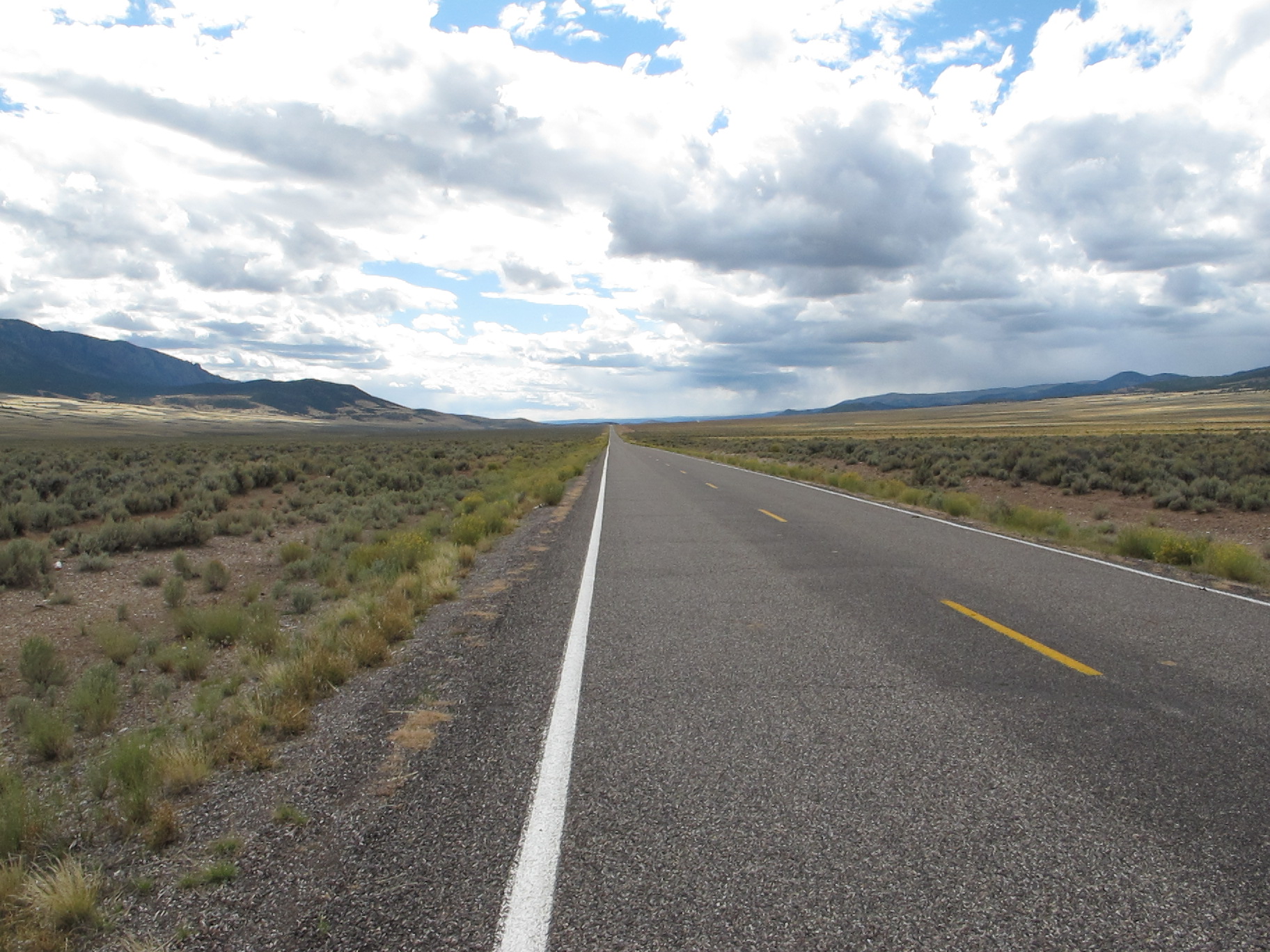
Tyler Coulson’s feet in Nebraska, 2011. Coulson favored sandals during his 2011 walk across America.
One of the more common questions a cross-country walker gets is: “How many shoes did you go through?” Right alongside that question is: “I couldn’t do it. MAH FEET COULDN’T TAKE THE ABUSE!” Well, it’s true that most important pieces of equipment on a cross-country walk are the feet. Unlike a ripped tent, feet cannot be replaced. And feet will stop a cross-country hike if they are broken or infected.
But the short answer, for most people, is: Yes, your feet can handle a walk across America, as long as you take care of them. And the earlier you start preparing your feet, the better.
Of course, as with anything as strenuous as a 3000-mile hike, you should consult with your doctor before you even start thinking about the Long Walk. If you have a condition that affects the foot, from bunions to diabetes, be sure to discuss this with your doctor.
Can You Train Your Feet?
You sure can. If you’re serious about the Long Walk, you’ll need to spend time strengthening your feet and stretching your calves several months before you start the Long Walk. The first few days of the Walk will hurt, and there’s no way around that, but you can limit the amount of pain by preparing your feet ahead of time.
Shoes, Boots, or Sandals?
Just about everyone has an opinion on what kind of footwear is the best, but there are no hard and fast rules.
During Tyler Coulson’s 2011 hike, he went through five types of footwear: Mid weight hikers, very serious hiking boots by Vasque, sandals, barefoot, and running shoes. He says:
“For me, sandals worked the best. They are flat soled, which allowed my calves to stretch. Cool in hot weather, and socks kept me warm in the cold. There’s nothing better than sandals if it’s not raining. But you have to find what is best for your foot, for your stride, and for your hike.”
–Tyler Coulson
Once the warmer weather hit–and he was in better shape–Coulson says that he hiked almost exclusively in a pair of Teva sandals. He tried hiking in Vibram FiveFingers (you know, those toe shoes), but they looked silly and provided no distance between his feet and the hot, hot ground. And he tried hiking barefoot. But sandals were the best compromise for Coulson.
You’ll need to know your feet and what kind of footwear works best for you.

Coulson hiked about 15 miles in Iowa barefoot except for duct tape. He does not recommend this.
There are a million things that can go wrong with a foot, and just about all of those bad things will happen at least once on a long enough hike.
There will be blisters.
There will be splinters.
There will be bits of the foot rubbed raw long before a blister forms.
There will be sprains, aches, cramps, and heartache.
But by keeping best practices, and with a little bit of luck, most feet can make the Long Walk.
“Everyone is different,” Coulson says, “so I didn’t put a lot of my personal opinions about footwear and foot care in How To Walk Across America, because what works for me won’t work for everyone. There are probably a few things that apply to everyone, though.”
When pressed for more tips, Coulson said:
1. Take extra special care of your feet. If you are doing 20 or 30 miles, stop and rub your feet for a while after lunch. Take your shoes off at every chance to let your socks dry and your feet breathe, and then smooth out your socks.
2. If you are prone to blisters, get silk sock liners.
3. If it is cold, get silk sock liners. They help keep your feet warm, even if they get wet.
4. Before a long hike, do as much barefoot walking or walking in minimal shoes as possible. This will help train your feet, but go slow at first, because after years and years of “corrective” shoes and orthotics, it will take a while for your feet to strengthen.
5. Take extra care if you are hiking in cold and wet conditions. Otherwise, you could end up with trench foot, and no one likes that.
6. Wash your feet if you can spare the water. Even if you haven’t taken a bath or a shower in weeks, do your best to keep your feet clean.
7. When it is cold, sleep in your cleanest socks and, when sleeping on a cold night, make sure your feet are not touching the ground or the floor of your tent. Get them up on the sleeping pad with you, or put extra clothes under them.
8. If it’s warm enough, take off your shoes in camp in favor of sandals. It’s important to let your feet breathe (and probably swell) after 20 or 30 miles.
These are only a few things to consider on a long hike. If you treat your feet well, they will treat you well.
For more tips and information about walking across America, be sure to check out How To Walk Across America.

Tyler Coulson’s feet in Indiana on his 2011 walk across America.

